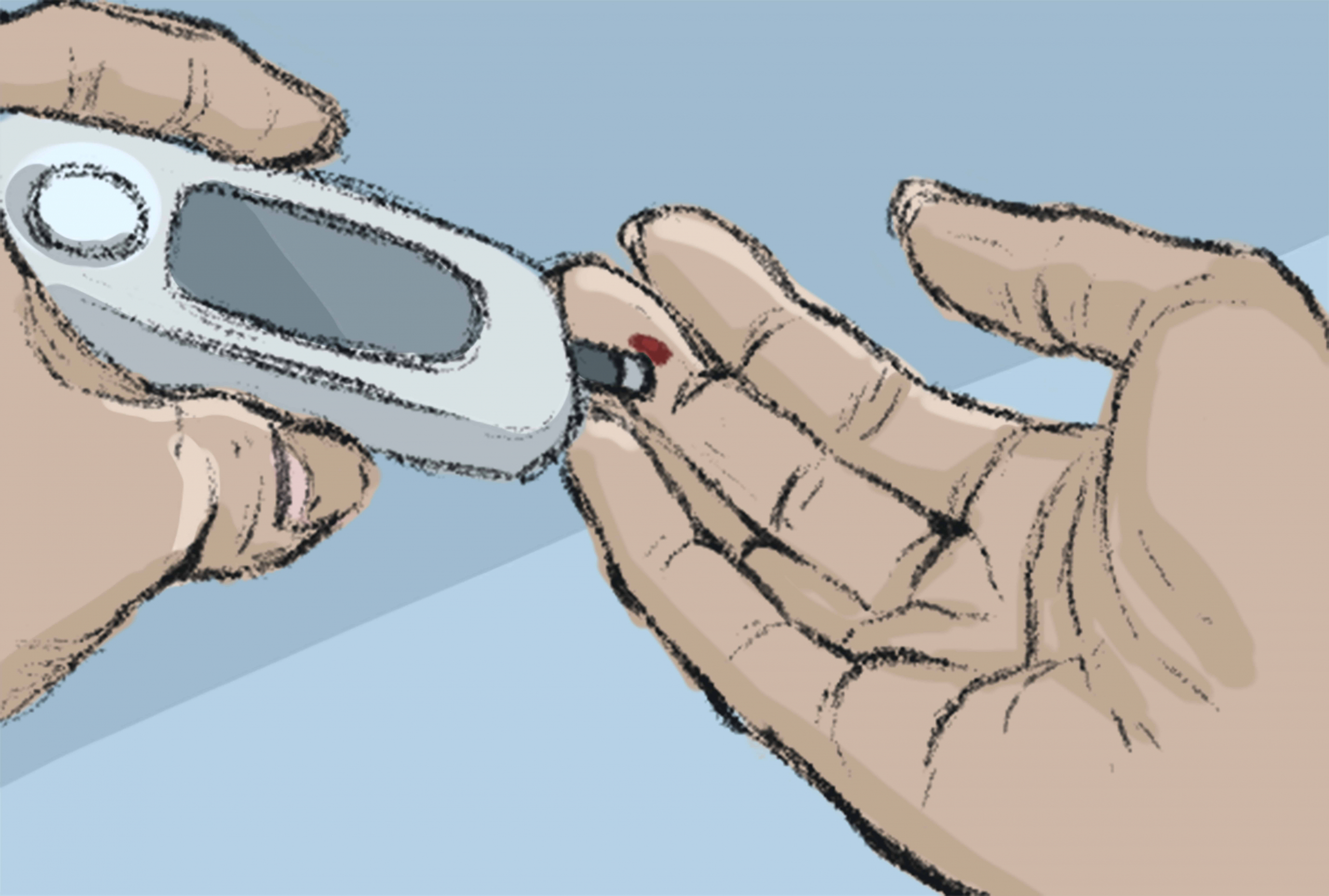According to Diabetes Canada, more than one million people in Ontario were living with diabetes in 2018, and this is estimated to increase by 30 per cent in the next 10 years. Type 2 diabetes mellitus (T2DM) accounts for 90–95 per cent of diabetes cases, with an estimated out-of-pocket medication cost for an individual ranging from $200–1,900 annually. Diabetes can also lead to other long-term health issues such as cardiovascular diseases, renal diseases, lower limb amputations, and vision loss.
In an email to The Varsity, Ananya Banerjee, a professor at the Dalla Lana School of Public Health, explained that South Asian diaspora communities “face the highest rates of Type 2 diabetes mellitus (T2DM) compared to the general population.” Banerjee and her research team therefore implemented a South Asian Adolescent Diabetes Awareness Program (SAADAP) with the aim of targeting high-risk South Asian adolescents from ages 13–18.
Banerjee spearheaded SAADAP based on the positive findings of other related diabetes projects, including the Diabetes Prevention Program (DDP). Sponsored by the US National Institute of Diabetes and Digestive and Kidney Diseases, DDP showed that people at high risk of developing T2DM can prevent or delay the disease by losing weight through dietary changes and increasing physical activity.
Although T2DM is determined by genetic predisposition in part, it can be prevented by maintaining a healthy and balanced lifestyle.
“While genetics and individual lifestyle choices certainly play a role, there are many social factors related to migration that contribute to elevated rates of T2DM. Food insecurity, precarious employment, access to healthcare and even the neighbourhood South Asian teens live in can all influence their risk of being diagnosed with T2DM,” said Banerjee.
“The high prevalence of diabetes in South Asians is also associated with certain metabolic risk factors. Compared to Caucasian children, South Asian children have been shown to have increased plasma insulin in the setting of normal plasma glucose levels, an early sign of insulin insensitivity,” she added, explaining the significance of launching SAADAP.
Banerjee and her research team recruited 80 South Asian teens from Peel who have a family history of T2DM. The primary goals of this program were to increase knowledge about diabetes, related risks, and prevention strategies; to develop a more healthy and active lifestyle; and to help maintain healthy body weight among South Asian adolescents.
To accomplish these goals, program participants had consultations with a registered dietitian and a registered kinesiologist at the beginning and end of an eight-week program.
From the beginning, these consultations encouraged each participant to establish personalized nutrition and physical activity goals that they wanted to attain by the end of the program. These sessions also allowed researchers to evaluate the effectiveness of the program, by examining changes made by study participants on dietary and behavioural choices.
Banerjee was committed to undertaking a culturally sensitive approach when implementing this program to ensure that participants were not only able to initiate positive lifestyle changes while in the program, but also maintain those changes permanently.
The majority of activities within SAADAP were designed to be interactive and involve hands-on learning. Supermarket tours and cooking classes allowed participants to discover strategies to apply theoretical concepts to real-world situations. This kind of approach was also attractive to parents who wanted their children to learn the rationale behind making healthier choices.
Other developmental techniques, such as the Photovoice and Health Belief Model, were included in the program with the expectation that participants would be educated to recognize social problems within their community, think critically for solutions, and take action to bring a positive change.
As a result, the participants were inspired to look beyond their own behaviours and take steps to promote diabetes prevention strategies within their community.
Banerjee and her team are now planning to take this further by developing and pilot testing a peer-led SAADAP for at-risk adolescents in the Peel region on the recommendation of study participants.
“This will be a novel, cost-effective and sustainable approach to community-based diabetes prevention in South Asian adolescents,” said Banerjee.


